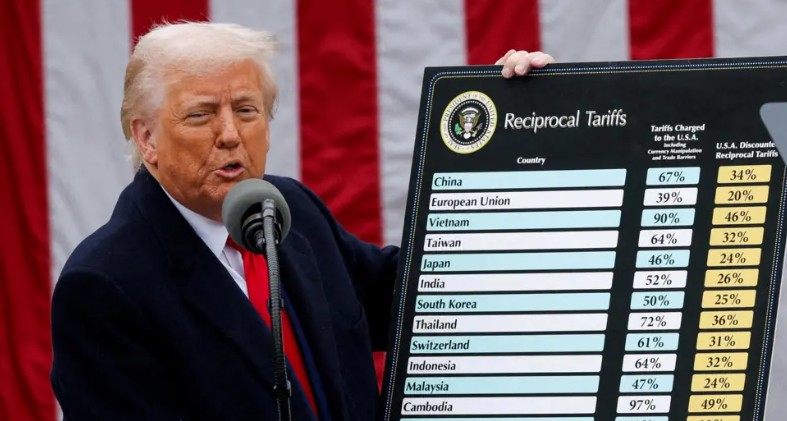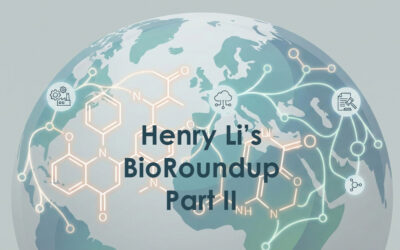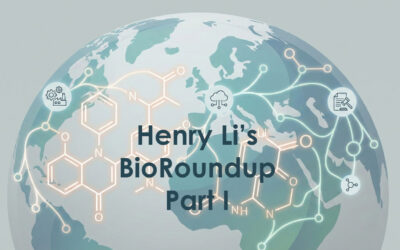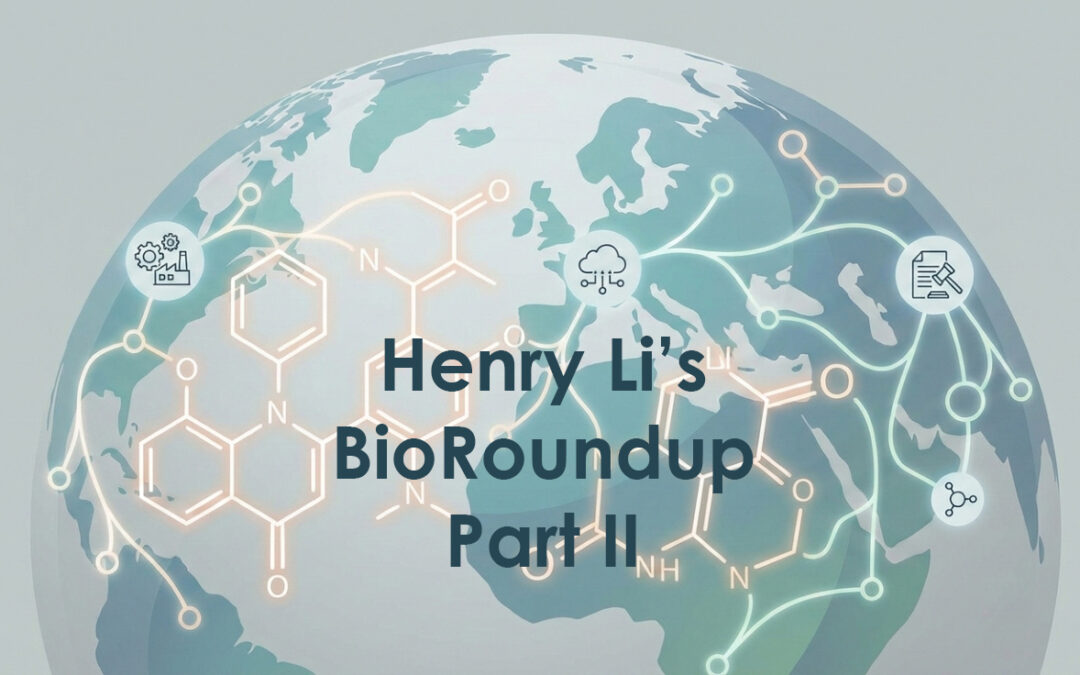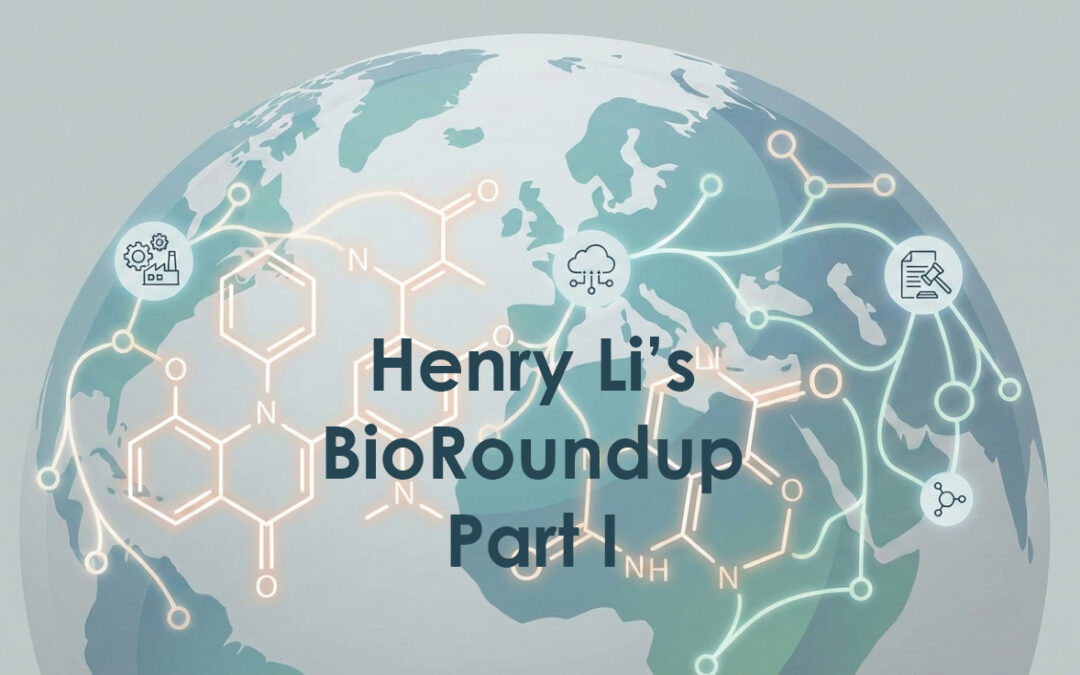It is unusual for trade policy in the United States to have such a direct impact on the UK life sciences sector, but President Donald Trump’s proposed 100 per cent tariff on branded and patented pharmaceuticals could do just that. If enacted, the measure would impose a 100 per cent import duty on medicines entering the US from companies that have not started building a US manufacturing facility by 1 October 2025. The potential consequences for UK pharmaceutical companies, the NHS, and international supply chains are considerable.
This article examines how the policy has developed, its likely effects, and how UK stakeholders are responding.
Background: What Trump is proposing and why
On 25 September 2025, Trump confirmed on his social media platform that the tariff would take effect from 1 October 2025. Branded or patented pharmaceutical products would be targeted unless companies had begun construction of a manufacturing site in the US. The measure is presented as part of a wider strategy to reduce American reliance on foreign pharmaceutical supply chains and strengthen domestic production.
The plan is not comprehensive. Generic drugs, which make up the majority of imports, are excluded. In addition, the US has existing trade arrangements with the European Union and Japan that cap tariffs at 15 per cent, meaning the full 100 per cent rate cannot be applied to those jurisdictions.
Despite this, the announcement has unsettled financial markets and regulators alike. Companies and governments are scrambling to understand how the policy will be applied in practice and what exceptions may be allowed.
Why the UK is particularly exposed
The UK faces several disadvantages compared with its peers.
First, Britain has not secured a tariff cap agreement with the US, leaving it potentially fully exposed to the 100 per cent duty. Reuters has reported that UK pharmaceutical exports would fall under the measure unless firms establish a manufacturing presence in the US.
Second, although the UK supplies only about 3.3 per cent of US drug imports, the exports tend to be high value and include specialty therapies such as cancer treatments. These fall squarely into the categories targeted by the policy.
Third, the trade relationship is already delicate. The UK government has voiced concern and is negotiating with the US to mitigate the impact, stressing the importance of pharmaceutical trade to both economies. Reports suggest the UK may even offer to pay more for some drugs to persuade Washington to soften its stance.
Finally, while large companies such as AstraZeneca and GlaxoSmithKline already operate facilities in the US or have plans to expand, smaller firms and those without existing capacity face a more daunting challenge in adapting quickly.
Projected economic and clinical consequences
The implications of the tariff are extensive.
Higher costs are likely to pressure profit margins, as companies must decide whether to absorb the duty or pass it on to consumers and healthcare systems. Some firms could even withdraw less profitable products from the US market.
To avoid tariffs, many companies will consider investing in new US production facilities, particularly in areas such as packaging and final assembly. Yet pharmaceutical supply chains are complex and global. Shifting production is costly and often constrained by upstream factors such as access to raw materials and active pharmaceutical ingredients.
Analysts also warn that steep tariffs could trigger shortages of certain medicines. Companies may find it uneconomic to continue exporting niche or older products, leading to reduced availability. Disruption in one part of the supply chain could affect clinical trials, regulatory approvals and patient access.
There is also concern about the impact on research and development. The US has traditionally offered the highest returns on innovative medicines, underpinning investment decisions worldwide. If tariffs undermine this expectation, companies may rethink their priorities, potentially slowing innovation.
The NHS could face additional strain if UK firms, forced to absorb higher costs in the US, seek to raise prices domestically. The UK already faces tension over its voluntary pricing and rebate scheme for branded drugs, which has been criticised by industry.
Mitigations, responses and pathways forward
Various measures are being considered in response to the tariff proposal.
Diplomatic engagement is under way, with the UK government actively pressing for exemptions or concessions. Industry sources indicate that some firms are fast-tracking US construction projects to qualify under the “underway” definition, while others may turn to partnerships with American contract manufacturers.
Companies are also reassessing their portfolios. Some may concentrate their US operations on products more likely to qualify for exemptions, while others might focus on markets unaffected by the tariffs. Legal challenges under trade agreements, including through the World Trade Organization, remain a possibility.
Firms with operations in both the EU and the UK may consider using European facilities to benefit from the 15 per cent cap, though regulatory and tax complexities could limit this strategy.
Risks, uncertainties and limiting factors
Several factors could reduce the eventual impact.
The policy itself remains ambiguous. Key definitions, such as what constitutes “construction underway”, are unclear. Existing trade agreements could constrain the scope of tariffs, while many global firms already have significant US operations that may exempt them from the harshest penalties.
In addition, the unique nature of branded medicines, many of which have no alternatives, may limit the practical impact. Demand for life-saving therapies is relatively inelastic, allowing companies some leeway to manage higher costs.
Finally, political and industry resistance in the US could force modifications or delays. Critics argue that tariffs of this scale risk raising healthcare costs for American patients and disrupting access to essential medicines.
Trump’s proposed 100 per cent tariff on branded and patented drugs has the potential to reshape pharmaceutical trade and investment flows worldwide. For the UK, lacking a protective trade arrangement, the risks are particularly acute. While larger companies with US operations may adapt, smaller players and niche drug makers face serious challenges.
The next steps will depend on negotiations, legal interpretations, and the degree of political will to enforce the measure. In the meantime, the UK government and industry are working to protect their interests, mindful that the consequences will extend far beyond trade statistics to patient access, innovation pipelines, and the financial health of the NHS.

